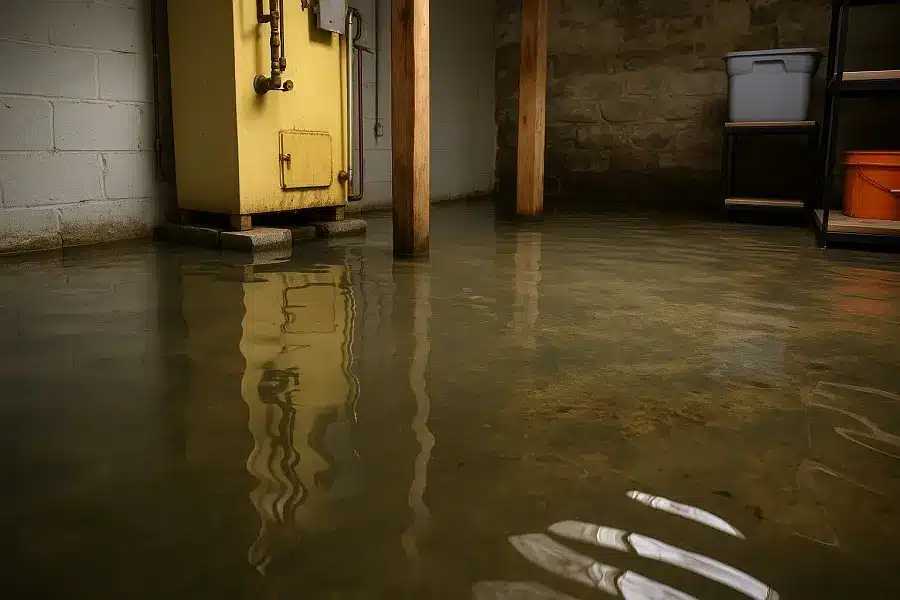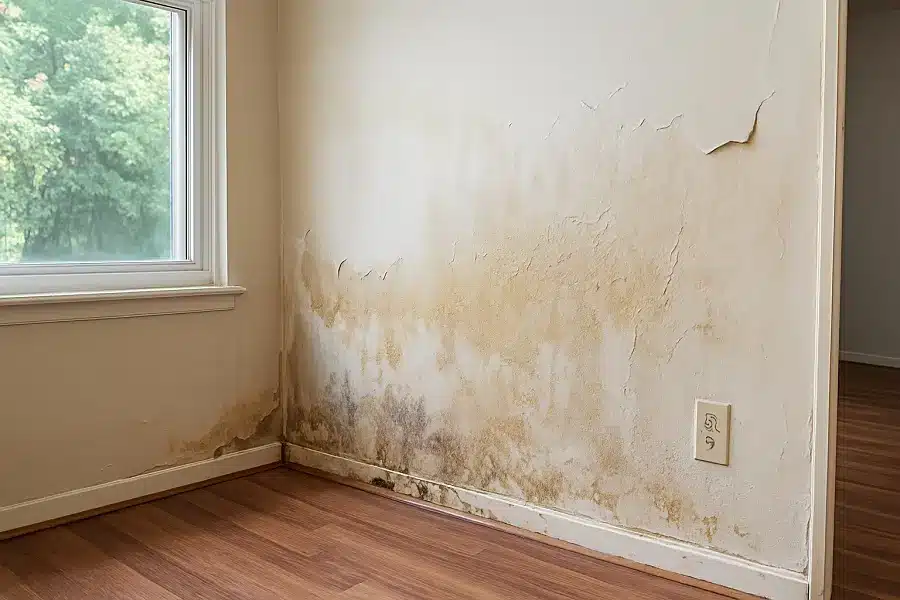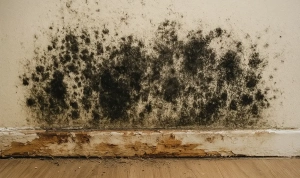In Portland Oregon, water damage is one of the most common emergencies homeowners face. Heavy rainfall, older plumbing systems, high humidity, and basement moisture all contribute to an ongoing risk that can affect houses in every neighborhood. When water enters a home, it spreads quickly through flooring, drywall, and insulation. If the problem is not managed immediately, homeowners may face structural deterioration, electrical hazards, and mold growth. Water damage restoration is not only about drying a property but also about protecting long term safety and preventing the same issue from returning.
This full guide explains everything Portland homeowners need to know about water damage restoration including causes, warning signs, cleanup steps, costs, and what to expect when hiring professionals.
Why Water Damage Is So Common in Portland
Portland’s climate creates a perfect environment for moisture related problems. Rainfall occurs throughout much of the year, and the soil in many parts of the metro area holds water easily. Homes built decades ago often have outdated waterproofing materials, uninsulated pipes, or older roofs that no longer withstand heavy rain. Even modern homes experience water damage from malfunctioning appliances or burst supply lines.
Basements, crawlspaces, and attics are especially vulnerable. Moisture that accumulates in these areas can go unnoticed for months, eventually resulting in mold or structural decay. Because water causes damage fast, early detection is essential.
The First Steps to Take When Water Damage Happens
When a homeowner discovers water damage, the first priority is safety. Electricity should be shut off in affected rooms because water conducts electricity. If the water source is a broken pipe, closing the main water valve is the next step. If the water is coming from the outside during a storm, block entry points if possible until help arrives.
Before cleanup begins, homeowners should document all visible damage with photos and video. This supports any future insurance claim and helps adjusters understand the full scope of the loss. Insurance companies often ask for proof of the condition of furniture, flooring, walls, and personal belongings shortly after the incident.

Understanding the Water Damage Restoration Process
Professional restoration companies follow a multi step process to ensure the home is returned to a safe and fully restored condition.
Step 1: Inspection and Damage Assessment
Technicians evaluate how far the water has traveled, what materials are affected, and what type of water is involved. Clean water from a supply line is treated differently from contaminated water or sewage.
Step 2: Water Removal
High powered extraction equipment removes standing water. Quick extraction is critical because every hour that water remains increases repair costs.
Step 3: Drying and Dehumidification
Industrial air movers and large dehumidifiers pull moisture out of wood, drywall, and concrete. Drying usually takes several days depending on the severity of the damage.
Step 4: Cleaning and Sanitizing
Water may contain bacteria or contaminants. Surfaces must be cleaned thoroughly to prevent illness and odor problems. In cases involving sewage or contaminated flooding, deep disinfection is essential.
Step 5: Repairs and Reconstruction
Once the structure is dry, damaged materials are removed and replaced. This may include drywall, flooring, insulation, trim, and cabinets. Many homeowners choose to upgrade materials during this phase.
Companies like 911 Restoration handle all of these stages internally which simplifies the process and prevents delays.
Cost of Water Damage Restoration in Portland
Costs vary widely depending on the amount of water and the length of time it was present. Here is a general breakdown:
- Small area, fast response: 400 to 1500 dollars
- Moderate damage with wall and flooring removal: 2000 to 5000 dollars
- Major flooding or sewage contamination: 6000 to 15000 dollars or more
Insurance usually covers sudden accidental water damage like burst pipes or storm related intrusion. It does not cover long term leaks or maintenance neglect.
Common Mistakes Homeowners Make
Waiting too long
Delaying cleanup allows mold to form and water to spread further inside the structure.
Removing only visible water
Even when surfaces appear dry, moisture remains inside building materials.
Attempting DIY repairs on major damage
Without the right equipment, homeowners can accidentally drive moisture deeper into walls.
Not addressing the moisture source
Drying alone is not enough. Preventing future damage is part of successful restoration.

How soon does mold start growing after water damage?
Mold can begin forming within 24 to 48 hours when moisture remains trapped inside materials.
Should homeowners remove wet drywall themselves?
It is usually safer to allow professionals to remove damaged materials because insulation or electrical wiring may be behind the wall.
Can water damage be fully repaired?
Yes. With professional restoration and proper prevention steps, homes can be restored to pre damage condition.
Conclusion
Water damage is stressful, but it does not have to cause long term problems. With fast action, proper cleanup, and professional restoration when needed, Portland homeowners can protect their property and avoid thousands of dollars in future repairs. Whether the issue is a minor leak or a full basement flood, understanding the restoration process helps families stay safe and return their homes to normal quickly.



